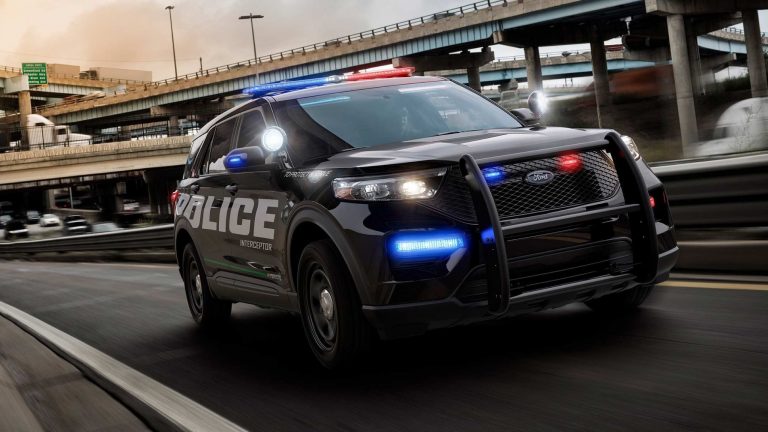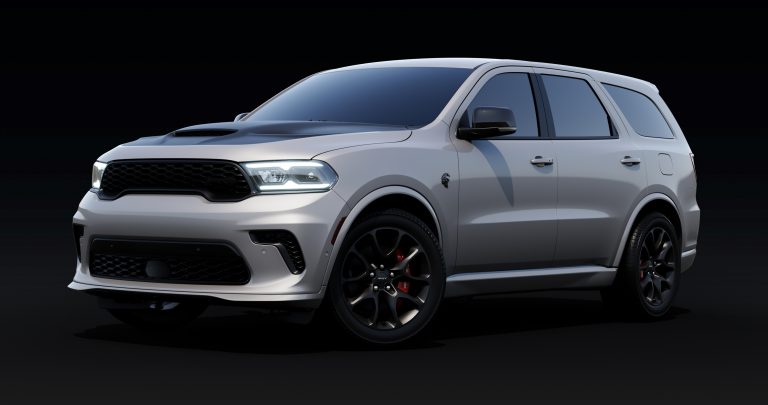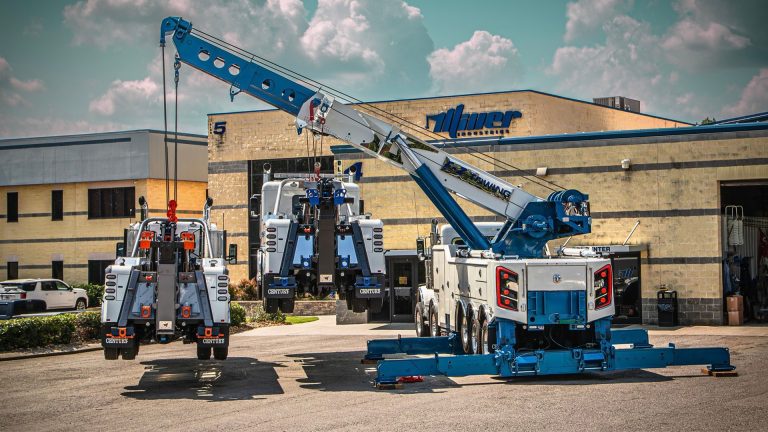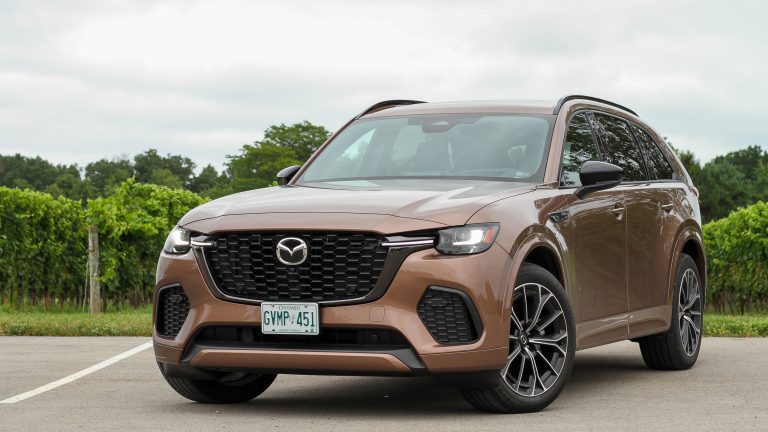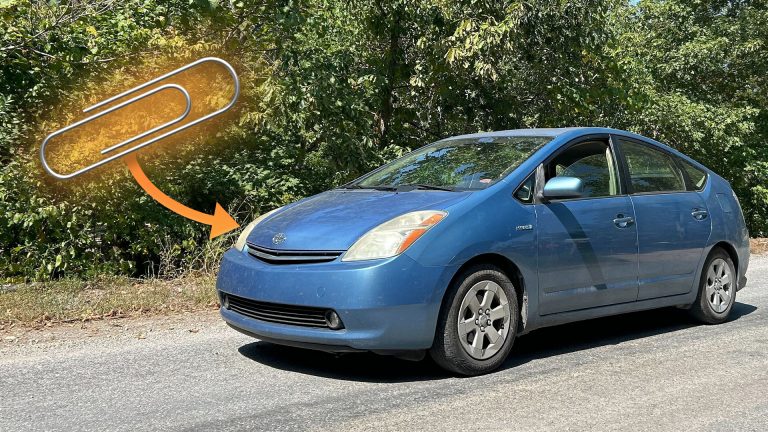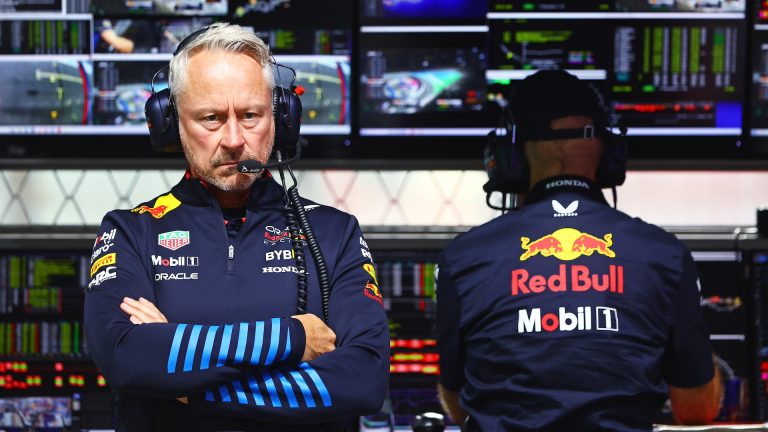Nissan Almost Sold the R33 GT-R in the US and Other Skyline Secrets
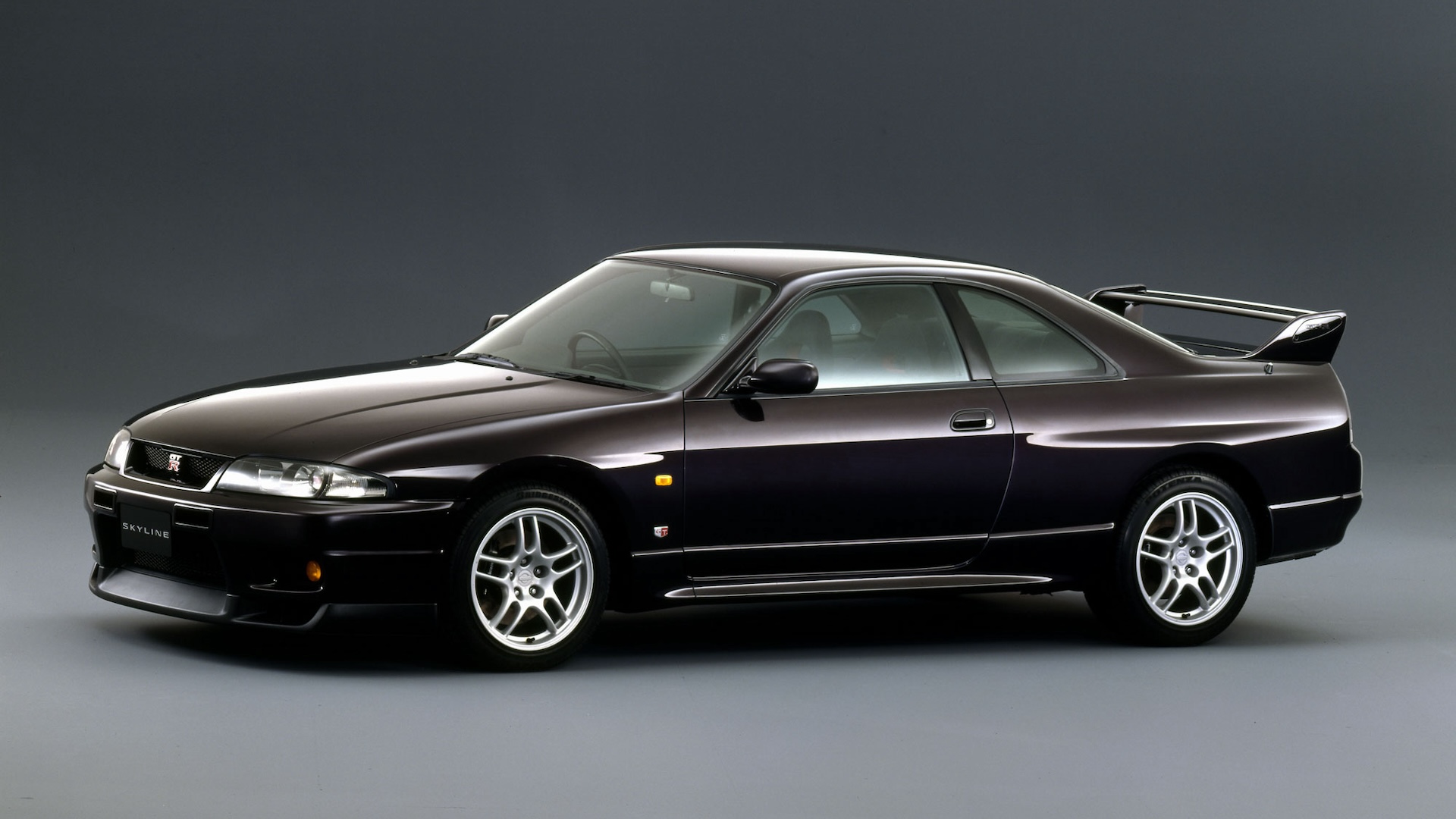
Many of the best auto industry stories are the ones that never make it past the closed doors of R&D centers. But now, almost two decades after holding interviews with the fathers of the Nissan Skyline GT-R, Japanese site Best Car Web has published some lost lore from the GT-Rs’ development that it says had to wait until now to share. The publication reveals several interesting twists that could’ve changed the GT-R’s legacy forever, including a potential U.S.-bound R33.
The interviews’ subjects date back to before the merger between Nissan and Prince in 1966, but for brevity’s sake, we’ll skip ahead to the car that built the Skyline’s modern legacy: the R32. Nobuyuki Ito, who oversaw development of the R32 GT-R, recalled to the outlet how the car almost didn’t happen as it did. Nissan had reportedly just suffered its first post-merger loss in early 1986 when the time came to pitch the concept for the ambitious new R32 GT-R, reviving a nameplate not seen since the 1973 “Kenmeri.” And one of its chief innovations would come from an unusual source—horses.
“Cars run on four wheels. That’s why I think cars should learn from the movements of animals,” Nobuyuki said. “I often went to the Baji Koen [Equestrian Park] and studied the running or movement of horses. That’s why I was so keen on rear-wheel drive. When a horse runs, it pushes forward with its hind legs. So a car should also push forward with its rear wheels.”
“However, one day I noticed that when a horse runs, it also uses its front legs well. So, I came up with the idea of a 4WD based on rear-wheel drive. It was during the development of the DR30 Skyline. Development took time, and it was not until the eighth-generation R32 Skyline that we were able to adopt it.”
Horses also informed the design of the R32’s anti-lock brakes and HICAS, Nissan’s rear-wheel-steering system used on all three generations of the ’90s GT-R. Or, as it was called in development, GT-X. The name doesn’t seem to have been seriously intended for production cars, reportedly appearing on development documents, but not even early concept cars. Another idea for the R32 GT-R that wound up being shelved was a performance automatic transmission, which Nissan quickly realized would be more of a hassle than it was worth.
“We thought that in the coming era, even high-performance cars would need automatic transmissions, so we considered equipping them with an automatic transmission at the beginning of development,” Nobuyuki said. “However, because development takes a considerable amount of time and effort, we focused on MT and did very little development on AT. We wanted to make an AT like Porsche’s Tiptronic.”

Later on, during the R33 days, the GT-R went abroad for a cameo on the old version of Top Gear, knocking down a strange series of dominoes. Europe went wild for the car, so much so that Nissan had to address the demand. Then, the company’s then-president Yoshikazu Hanawa ordered the GT-R team headed by Kozo Watari to study the feasibility of an export model for North America. Sadly, the team ultimately found it to be infeasible: The Skyline had been holistically designed as a right-hand-drive car, and the packaging changes required for left-hand drive would ruin it.
“If the steering wheel is moved to the left, the GT-R has twin turbos, so the steering shaft would be closer to the turbo at the rear, which would cause a thermal problem,” Kozo said. “There was also an idea to make it a single turbo, but we gave up on that idea as it wouldn’t have been a GT-R.”
The last stop on our journey is early in R34 development when Nissan considered replacing the renowned 2.6-liter twin-turbo RB26DETT inline-six with a V6. Kozo said a prototype was built and showed great handling characteristics, so much so that the configuration was “seriously considered.” But the idea simply arrived too late to be fleshed out for the R34.
“While it was possible to install this new V6 in the R34 if it was only for FR cars, if we were to include the GT-R’s 4WD model, it would have taken a considerable amount of development time. It was simply not possible to make it in time for the R34 GT-R,” Kozo said. “We couldn’t imagine the R34 Skyline without the GT-R, so we thought hard about it. In the end, we decided to refine the straight-six GT-R. We decided to leave the V6 to the next generation.”

As for that next generation, we knew it in the U.S. as the Infiniti G35, which was split from the GT-R lineage. But much more of the GT-R’s forgotten history is told by the original source for these stories, including the lost R31 GT-R that critics killed. Sort of, anyway. But if you want the tea, we’ve included a link to the translated story up top for the Skyline diehards out there.
Got a tip or question for the author? You can reach them here: [email protected]
Source: www.thedrive.com

